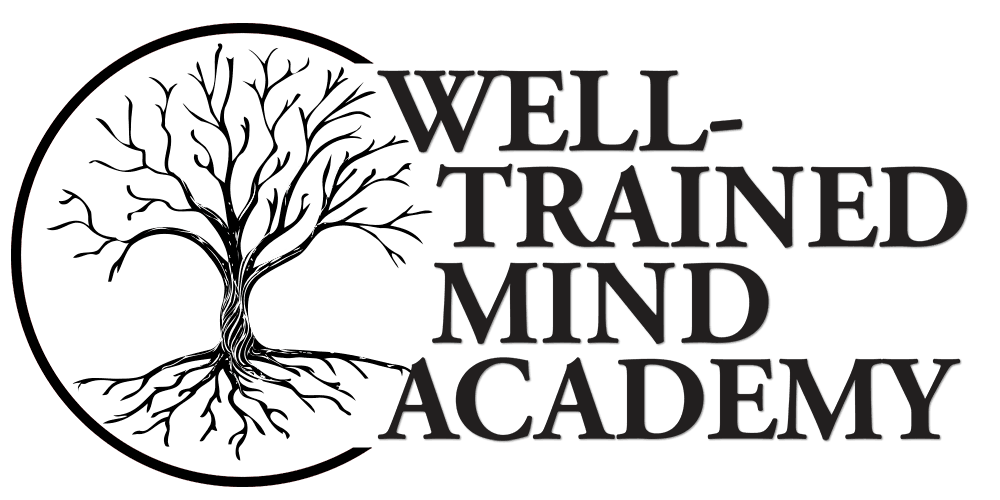Not Sure Where to Apply for College? We Can Help!

There are many, many resources out there to help your child choose the right college. There are websites devoted to the subject, books on the topic, and even people you can pay to pick the right school for your student and get them in, to boot (something we do not condone!).
We want to help you get your high schooler started with the college search process. Many students are entering their post-secondary years without a clear passion for what their career might be or as first-generation college students, which could put them in a position of not being as familiar with the customs of the college application process as other families might be. If that describes your child’s situation, it can be overwhelming to figure out the first step.
In these two articles, we’ll give you guidance on helping your student make a college application list. First, we’ll ask you to guide your student in envisioning themself at college. Then, using this vision, we’ll figure out what schools they might start searching for. Then we will tighten up that list by figuring in two very mundane but important elements: location and budget. Next, we’ll talk about how cost can (and should) influence your student’s list. And finally, we’ll review the practicality of your student’s list by showing you how to align their dreams with reality.
We want to help your student pick some great schools to apply to, and we want to help them make a decision that will benefit them long after college is over. Ready to get started?
Figuring Out Where to Apply for College: Part I
Let’s start with a thought experiment. Ask your child to close their eyes and imagine themself at college. Then, prompt them with questions such as, “What do you see? Are you…
- walking around a verdant campus, looking for a shady spot to read a book quietly?”
- goggled, gloved, and lab-coated, working intensely in a science lab?”
- attending a rush week gathering at dad’s fraternity?”
- at a gallery opening with friends from your art history class?”
- partaking in a vibrant online discussion after finishing a full day at work?”
- on the soccer field, scoring the winning goal at the division final?”
- chatting with friends while working at the campus bookstore?”
There are thousands of higher education institutions in the United States alone. Encouraging your student to picture themself in their preferred college environment is the first step in figuring out what schools to start researching. Have them jot down what they see in their head, and then match those images to some of the very general descriptors in this list:
- Small school
- Big school
- School known for Division I athletics
- School with a famous or picturesque campus
- Research university
- Liberal Arts college
- Community college
- Virtual college
- Religious school
- Artsy school
- Technical school
- School with a diverse student body
- City school
- Rural school
- School known for active Greek life (sororities and fraternities)
- School known for a particular subject or field of study
Of course, sometimes what we see in our heads isn’t as idyllic as the visions presented to us on tv and in movies. But we know what will work for us and what is necessary, and we can combine that with some big dreams and goals for our future. By thinking about what is possible in addition to what your child wants, you can help them come up with a strong college application list that both meet their needs and feed their spirit.
Wants and Needs
While your student thinks through their ideal college snapshot, encourage them to consider what they want to get out of the college experience and what they need to leave college with. This will help them prioritize their list of qualities as they look for a college or university.
Wants might be things like the ideal student population demographics or their preference for a city setting.
Needs will more likely be specific programs that each school offers or access to certain employment and/or research opportunities.
Knowing which of your student’s ideal school qualities is necessary and which are preferred but not required helps them have flexibility as they consider options down the road.
Stay tuned for Part II, where we talk about the important factors of location and budget when making your student’s college application list.
